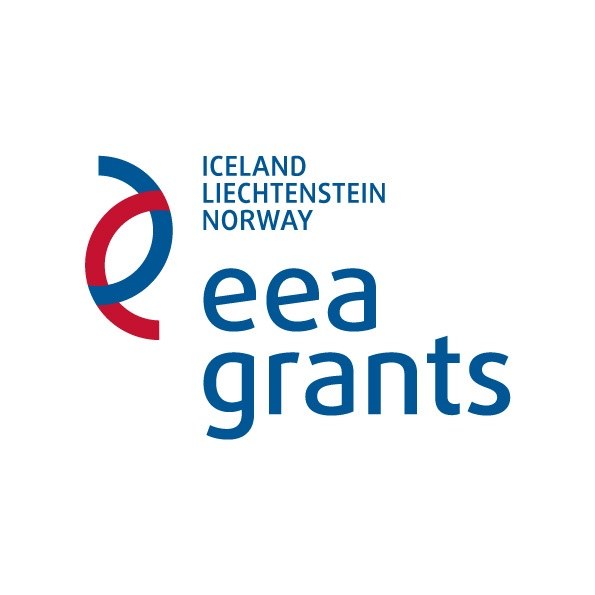NILS
NILS Project- EAGrants 2015
NILS Project
Detection and Estimation of Icing in Aerocynamical Systems Using LPV Methods
Main Objectives of the NILS Project

In recent years, the use of aerodynamical systems in the Arctic environment has increased. Due to the critical weather conditions found in the Arctic region, icing of such systems can occur and cause undesired behaviors, like loss of performances and risks of failures, that could be avoided using advanced control and anti-icing/de-icing techniques. For this reason, it is important to obtain an estimation of the amount of icing affecting these systems using some mathematical model of this phenomenon. Among the possible techniques, linear parameter varying (LPV) ones allow taking into account the high variation of the icing behavior according to different operating conditions. The goal of this project was to apply the LPV techniques to the problem of estimating the icing in aerodynamical systems.
Scientific Activity and Main Results
The scientific activity developed during the project implementation has led to a thorough study of the state-of-the-art of several topics related to the above mentioned project goal, in particular with respect to aerodynamics, UAV models, formation of icing, and techniques that could be applied to the problem of icing detection. Taking into account this study, the theory of unknown input observers (UIOs) has been applied using an LPV paradigm, with the development of the following solutions to the problem of icing detection:
- LPV proportional unknown input observer
- LPV proportional integral unknown input observer
- LPV proportional integral unknown input interval observer
These solutions have been obtained starting from a simplified problem, where noise in the sensors and uncertainties in the model were neglected. In this case, it was found that an LPV proportional unknown input observer was able to correctly detect/isolate the presence of actuator faults and icing in UAVs working under varying operating conditions. When noise in the sensors was added, it was found that the addition of an integral action was needed in order to improve the property of noise rejection, leading to the LPV proportional integral unknown input observer. Finally, an interval formulation has allowed taking into account the uncertainty in the model.
Contributions
Rotondo D., Cristofaro A., Johansen T.A., Nejjari F., Puig V., "Icing detection in unmanned aerial vehicles with longitudinal motion using an LPV unknown input observer", 2015 IEEE Multi-Conference on Systems and Control, Sydney, Australia, September 2015. (http://folk.ntnu.no/torarnj/2015MSC_0258_FI.pdf)
Rotondo D., Cristofaro A., Johansen T. A., Nejjari F., Puig V., "Detection of icing and actuator faults in the longitudinal dynamics of small UAVs using an LPV proportional integral unknown input observer", 3rd Conference on Control and Fault-Tolerant Systems, Barcelona, Spain, September 2016.
Rotondo D., Cristofaro A., Johansen T. A., Nejjari F., Puig V. "State estimation and decoupling of unknown inputs in uncertain LPV systems using interval observers", submitted to International Journal of Control.

Supported by a grant from Iceland, Liechtenstein and Norway through the EEA Financial Mechanism.
Operated by Universidad Complutense de Madrid


Share: